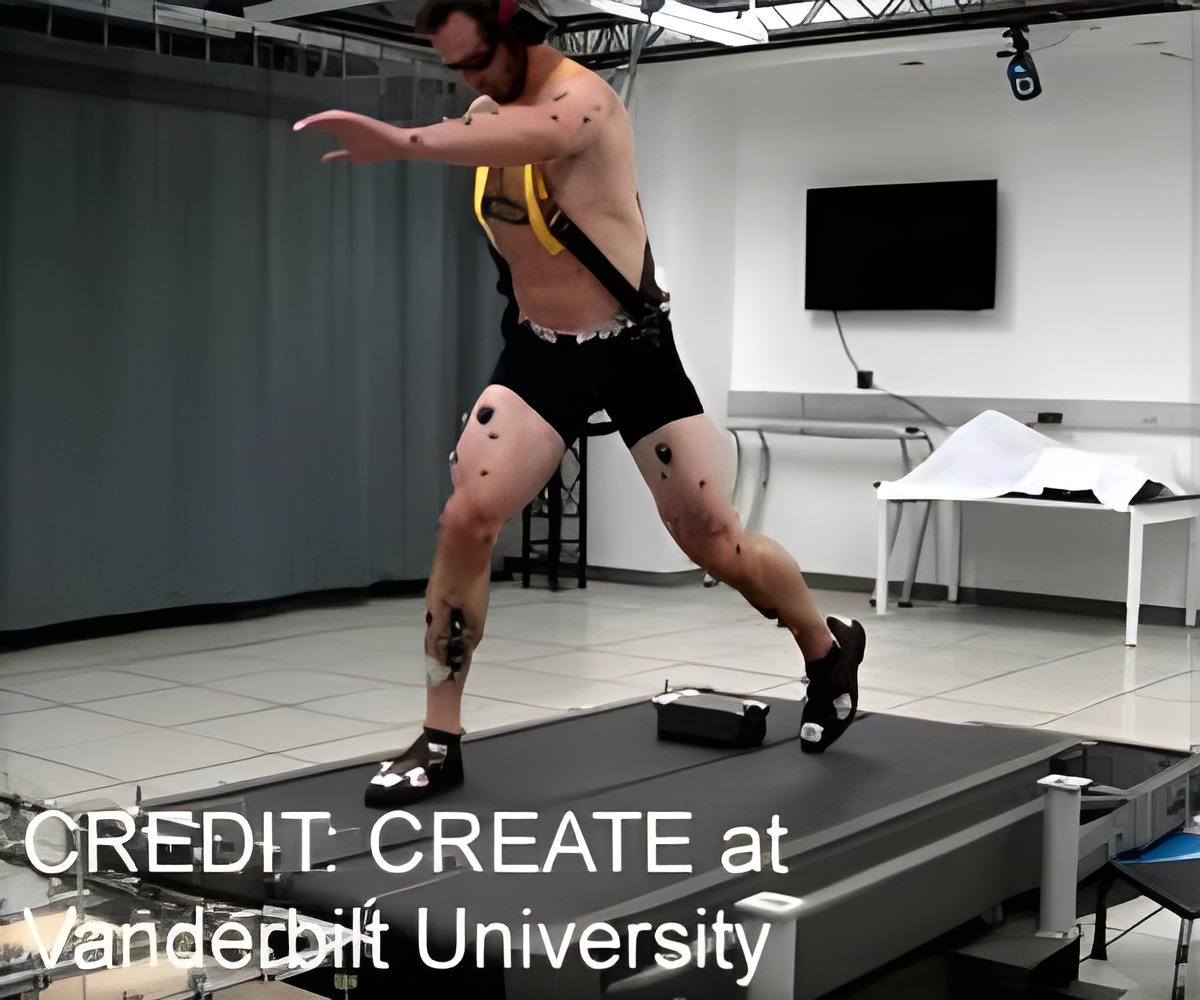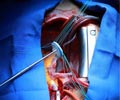
‘Amputees can now feel their bionic legs thanks to the new neuroprosthetic leg technology.
This is the first prosthesis in the world for above-knee leg amputees equipped with sensory feedback. Feedback is crucial for relieving the mental burden of wearing a prosthetic limb, which, in turn, leads to improved performance and ease of use.’
Read More..Tweet it Now
"After all of these years, I could feel my leg and my foot again, as if it were my own leg," reports Resanovic about the bionic leg prototype. "It was very interesting. You don't need to concentrate on walking; you can just look forward and step. You don't need to look at where your leg is to avoid falling."Read More..
Walking with instinct again
Scientists from a European consortium led by Swiss Institutions, ETH Zurich and EPFL spin-off SensArs Neuroprosthetics, with clinical trials in collaboration with institutions in Belgrade, Serbia, successfully characterized and implemented bionic leg technology with three amputees. The results appear in today's issue of Science Translational Medicine.
"We showed that less mental effort is needed to control the bionic leg because the amputee feels as though their prosthetic limb belongs to their own body," explains Stanisa Raspopovic, ETH Zurich professor and co-founder of EPFL spin-off SensArs Neuroprosthetics, who led the study.
He continues, "This is the first prosthesis in the world for above-knee leg amputees equipped with sensory feedback. We show that the feedback is crucial for relieving the mental burden of wearing a prosthetic limb, which, in turn, leads to improved performance and ease of use."
Advertisement
Resanovic continues, "I could tell when they touched the [big toe], the heel, or anywhere else on foot. I could even tell how much the knee was flexed."
Advertisement
Thanks to detailed sensations from the sole of the artificial foot and from the artificial knee, all three patients could maneuver through obstacles without the burden of looking at their artificial limb as they walked. They could stumble over objects yet mitigate falling. Most importantly, brain imaging and psychophysical tests confirmed that the brain is less solicited with the bionic leg, leaving more mental capacity available to complete the various tasks successfully.
These results complement a recent study that demonstrated the clinical benefits of bionic technology, like reducing phantom limb pain and fatigue.
Bionic leg: from prototype to product
"We develop the sensory feedback technology to augment prosthetic devices," explains Francesco Petrini, CEO, and co-founder of SensArs Neuroprosthetics, and who is guiding an effort to bring these technologies to market. "An investigation longer than three months, with more subjects, and with in-home assessment, should be executed to provide more robust data to draw clinically significant conclusions about an improvement of the health and quality of life of patients." This project was funded in part by the NCCR Robotics and by the Bertarelli Foundation.
-- How the bionic leg works: the connection between body and machine
The fundamental neuro-engineering principle is about merging body and machine. It involves imitating the electrical signals that the nervous system would have normally received from the person's own, real leg. Specifically, the bionic leg prototype is equipped with seven sensors all along the sole of the foot and one encoder at the knee that detects the angle of flexion. These sensors generate information about touch and movement from the prosthesis. Next, the raw signals are engineered via a smart algorithm into biosignals, which are delivered into the stump's nervous system, into the tibial nerve via intraneural electrodes, and these signals reach the brain for interpretation.
Intraneural electrodes are key for neuroprosthetics "We believe intraneural electrodes are key for delivering bio-compatible information to the nervous system for a vast number of neuroprosthetic applications. Translation to the market is just around the corner", explains Silvestro Micera, co-author of the publication, EPFL's Bertarelli Foundation Chair in Translational Neuroengineering, professor of Bioelectronics at Scuola Superiore Sant'Anna, and co-founder of SensArs Neuroprosthetics. Micera continues to innovate in the field of translational neuroscience using intraneural electrodes, like the bionic hand, optic nerve stimulation, and vagus nerve stimulation for heart-transplant patients.
Source-Eurekalert








